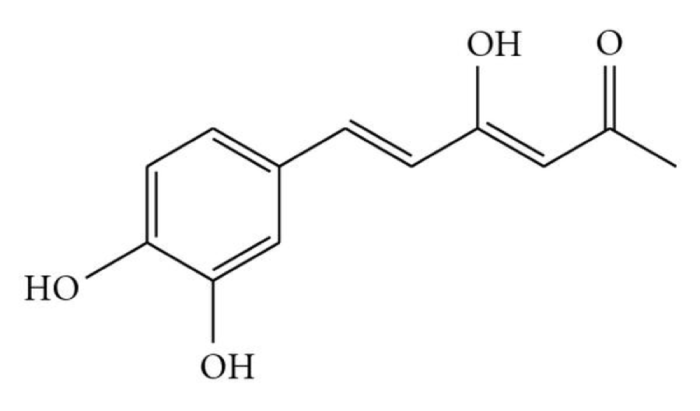The Heart and Its Dysferlin
Scientists at the University Medical Center Göttingen’s Heart Center have made a significant discovery regarding heart muscle cell protection. Led by Priv.-Doz. Dr. Sören Brandenburg, the team identified a protein that plays a pivotal role in helping the heart adapt to increased stress. Their findings were recently published in the esteemed journal Circulation Research.
The human heart relies on specialized cells called cardiomyocytes to perform its vital pumping function. These cells are unique in that they cannot divide or regenerate, making their preservation crucial for maintaining heart health. Cardiomyocytes possess a complex membrane system, including a network of T-tubules, which are essential for conducting electrical signals and facilitating calcium release for muscle contraction.
When the heart experiences prolonged stress, such as from hypertension, it compensates by working harder. This increased workload causes cardiomyocytes to enlarge, a process known as hypertrophy, which can potentially lead to membrane damage and cell death.
Dr. Brandenburg’s team focused their research on the protein dysferlin, previously associated with certain muscle diseases. Their goal was to elucidate dysferlin’s specific role in cardiomyocytes, particularly in relation to cellular adaptation under pressure overload conditions.
The researchers employed cutting-edge imaging techniques, including high-resolution STED microscopy and electron microscopy, to analyze dysferlin’s location and function within cardiomyocytes. Their findings revealed that dysferlin plays a crucial role in stabilizing and repairing cell membranes, especially along the T-tubule network.
“Our research shows that dysferlin acts as a protective agent for cardiomyocytes,” Dr. Brandenburg explained. “It rapidly repairs membrane damage caused by repeated contractions and pressure overload, while also facilitating the formation of new membrane structures to help cells adapt to increased stress.”
This groundbreaking study was made possible through collaborations within the Göttingen Cluster of Excellence “Multiscale Bioimaging: From Molecular Machines to Networks of Excitable Cells (MBExC).” The team is now exploring potential new treatment strategies for patients with heart failure or those at risk of heart attacks, with the hope of slowing or halting the progression of heart disease.
Commentary by YourDailyFit columnist Alice Winters:

The recent findings from the University Medical Center Göttingen’s Heart Center on the role of dysferlin in cardiac health represent a significant leap forward in our understanding of heart muscle cell biology. This research not only sheds light on a critical protective mechanism within cardiomyocytes but also opens up exciting possibilities for future therapeutic interventions in the realm of cardiovascular health.
The focus on dysferlin is particularly intriguing. While this protein has been previously linked to certain muscle diseases, its specific function in heart muscle cells was not well understood until now. The discovery that dysferlin plays a crucial role in membrane repair and adaptation to stress in cardiomyocytes is a game-changer in the field of cardiac research.
One of the most striking aspects of this study is its potential implications for heart failure treatment. Heart failure, a condition where the heart cannot pump blood effectively, affects millions worldwide and often progresses despite current treatments. The ability of dysferlin to repair and stabilize cell membranes under stress conditions could be the key to developing new therapies that could slow or even halt the progression of heart failure.
Moreover, the research team’s use of cutting-edge imaging techniques, including STED microscopy and electron microscopy, demonstrates the power of advanced technology in uncovering molecular mechanisms that were previously invisible to us. This approach not only provided detailed insights into dysferlin’s location and function but also set a new standard for future research in cellular biology.
However, it’s important to note that while these findings are extremely promising, they are still at the research stage. Translating these discoveries into practical clinical applications will require further studies and rigorous testing. The path from basic science to bedside treatment is often long and complex, but discoveries like this one are crucial first steps.
From a public health perspective, this research underscores the importance of continued investment in basic science research. While it may not provide immediate solutions, it lays the groundwork for future breakthroughs that could revolutionize how we treat heart disease and other chronic conditions.
In conclusion, the work of Dr. Brandenburg and his team represents a significant advancement in our understanding of the organ’s muscle cell biology. As we look to the future, this research not only offers hope for improved treatments for heart failure and related conditions but also serves as a reminder of the critical role that basic science plays in driving medical innovation. The potential impact on patient care and quality of life is immense, making this study a noteworthy contribution to the field of cardiovascular research.



